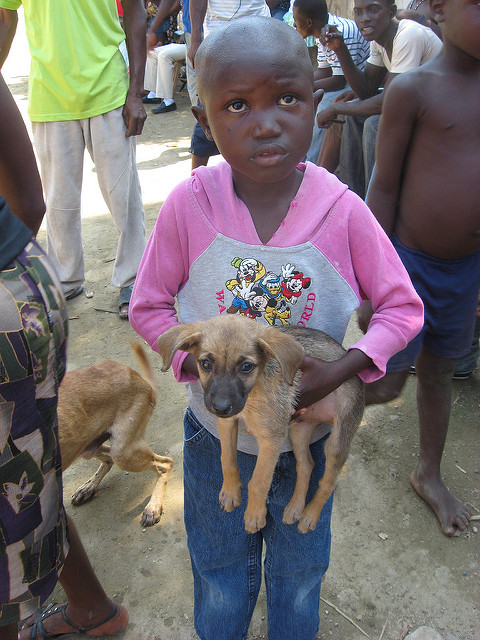World Rabies Day was observed on September 28th in order to raise awareness about rabies prevention. You have probably heard of this disease before, but do you really know what rabies is, or how it can be prevented?
According to 2017 figures from the World Health Organization, rabies takes approximately 59,000 lives annually. It is a viral disease that causes a brain inflammation and can affect all warm-blooded species, including humans. The disease is transmitted through contact between infected saliva and open wounds or mucous membranes, typically when an animal bites or scratches another animal. Symptoms include fever, excessive salivation, paralysis, fear of water, and confusion. Once these symptoms appear, however, the result is nearly always fatal.
About 40% of deaths caused by rabies are in children under the age of 15. Today, most cases of rabies infections in humans occur in Africa and Asia. However, the disease is still present on all continents except Antarctica, which means that it concerns all of us.
In the event of an animal bite where rabies is a possibility, the first thing one needs to do is thoroughly wash the wound with soap and water for a minimum of 15 minutes and immediately seek medical attention. If these actions are taken right away, the victim’s life can be saved.
Most rabies cases occur due to dog bites, and this is exactly why the right approach to managing stray dog populations and vaccinating dogs is essential to ensure a safe and healthy community of both people and animals. Vaccinating all dogs means that rabies will be prevented from spreading from dogs to other animals, including humans. It has been demonstrated that vaccinating dogs is the most cost-effective strategy to prevent rabies in people.

Street dogs sleeping under a bus in Pakistan. Unmanaged stray dog populations contribute heavily to rabies epidemics, but vaccination programs are extremely effective. Image credit Khalid Mahmood Qureshi.
The key to achieving a society free of rabies and reducing stray dog populations at the same time is a dog population management technique often called CNVR, which stands for Collect, Neuter, Vaccinate and Release. Just as the name of the technique states, this process consists of catching stray dogs, spaying or neutering them, vaccinating them, and releasing them back where they were caught. This technique quickly and effectively reduces both rabies cases and dog populations, and is far more humane than systematic killing of stray dogs.

A young girl waits in line with her puppy at a government run canine rabies vaccination clinic. Image credit CDC Global, CC BY-SA 3.0.
The effectiveness of CNVR is proven by real success cases. For example, Bangladesh saw a 50% decrease in human rabies deaths between 2010 and 2013 after implementing a cost-effective rabies elimination program, which included widespread dog vaccination. The Netherlands has been free of stray animals for years now, due to a combination of factors, including free spay and neuter programs.
It is also essential, as a rabies prevention policy, to implement educational programs aimed at informing the public on how to understand animal behavior and avoid bites, and how to prevent rabies even in the event of a bite. Raising awareness is always one of the key elements in any disease prevention program and in creating a responsible and informed community.
With this article, OIPA shows its support for World Rabies Day. We want to stress the importance of knowledge over of ignorance, of reason over impulse, and to show that rabies is, first of all, a preventable disease. Stay informed and spread the word, as the right reaction to a potentially rabid animal’s bite could save a life.
Featured image: a puppy is vaccinated for rabies in Bali as part of a rabies prevention campaign. Image credit WSPA International, CC BY-SA 3.0.





